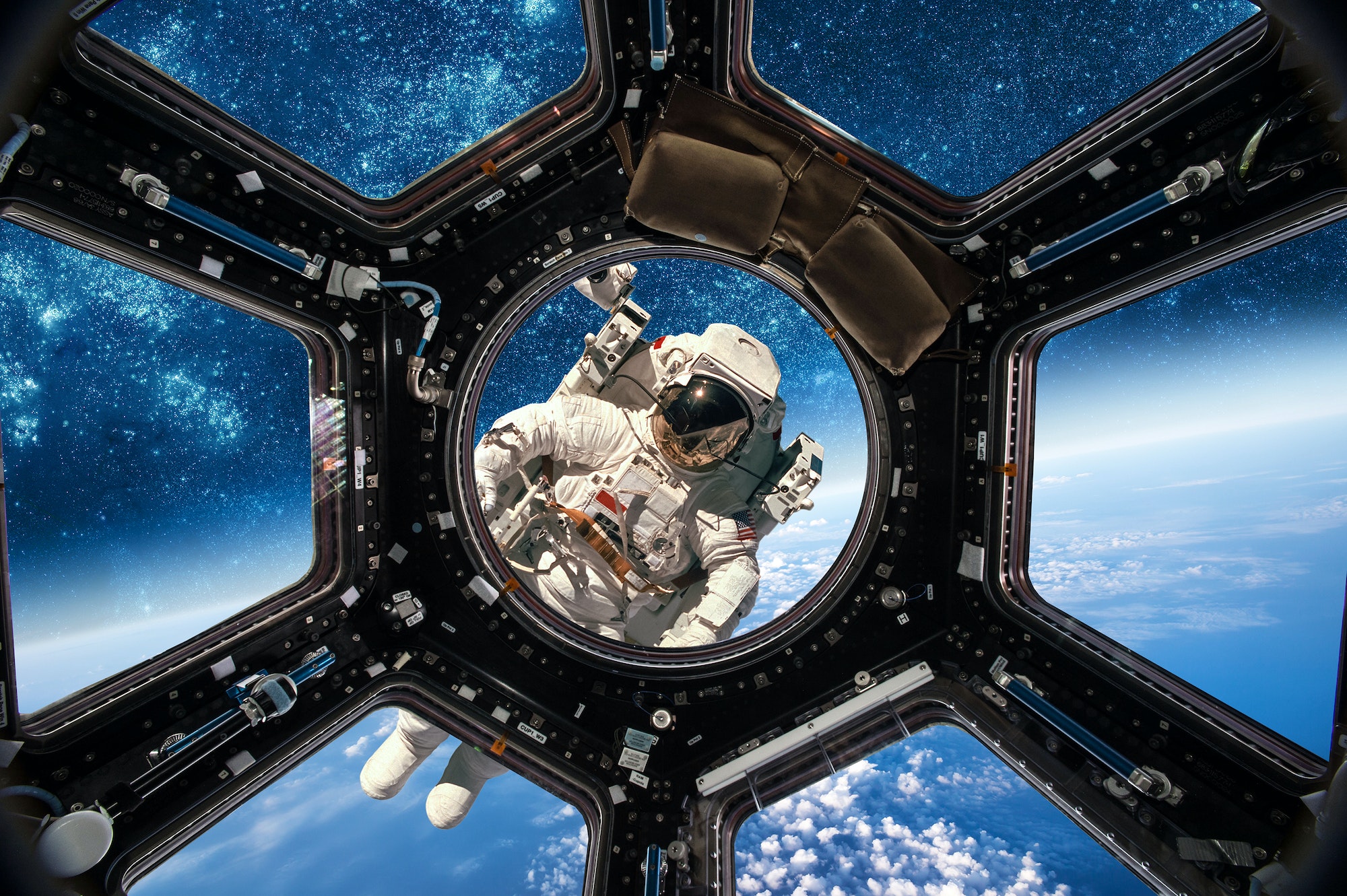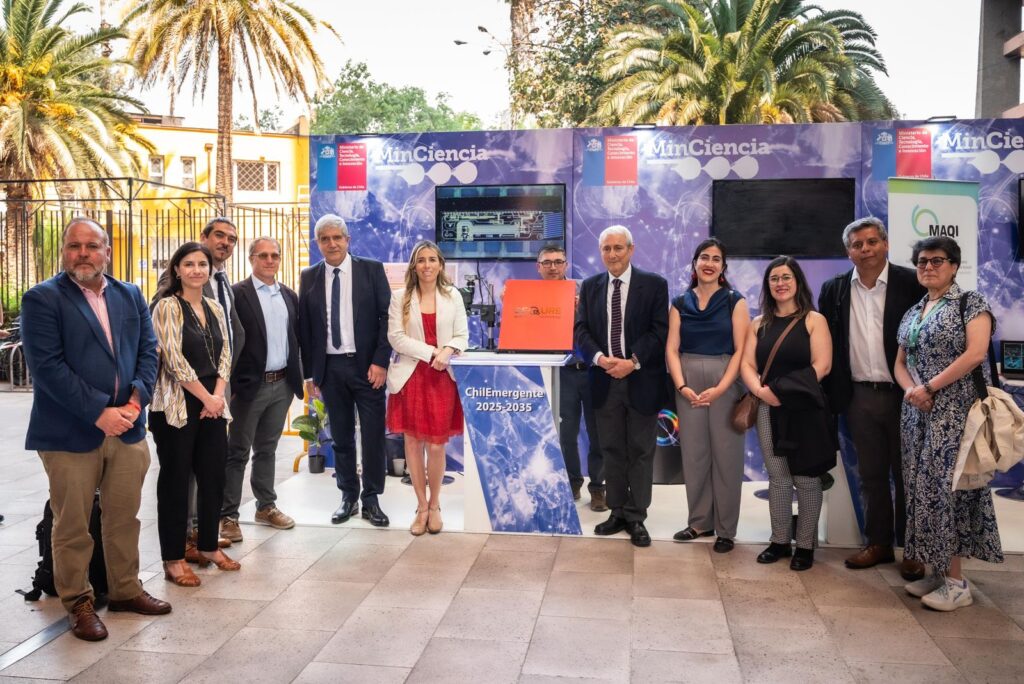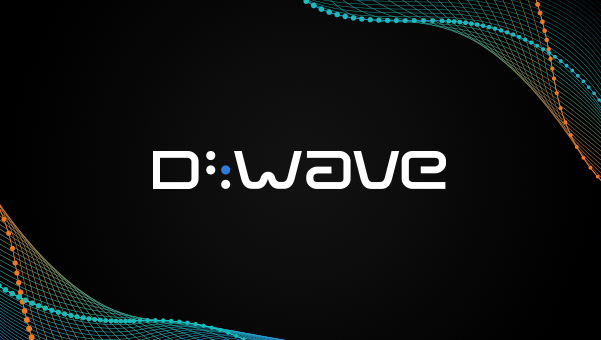NASA quantum computer efforts will combine the space agency’s deep expertise in computing with its scientific ambition.
The National Aeronautics and Space Administration — or NASA — is known as one of the key organizations that propelled humankind’s small steps and giant leaps into outer space. What many do not realize is that NASA scientists were also leaders in efforts to master computers and supercomputers, an expertise that led to computational innovations that went beyond space travel, including advances in structural analysis software and satellite imaging advances.
Now, pioneering NASA quantum computer scientists plan to continue this legacy of scientific exploration to tap the inner reaches of quantum mechanics, work that could build the technologies that may propel humanity farther into space while also helping solve some closer-to-world problems, such as climate change and pollution control.
NASA Quantum Computer History

The history of NASA quantum computer efforts go back decades and are centered mainly in the organization’s Ames Research Center, which coincidentally or not, is located in Silicon Valley. Computational pioneer and Ames center director Hans Mark commissioned the first massively parallel computer at Ames. This computer uses multiple processors at the same time, or in parallel, and this advanced computing device offers a hint at NASA quantum computer ambitions.
 Those ambitions led to the creation of the Quantum Artificial Intelligence Laboratory (QuAIL), which is where the organizations conducts research to explore quantum computing and how it might be able to power NASA into the future — and into deep space.
Those ambitions led to the creation of the Quantum Artificial Intelligence Laboratory (QuAIL), which is where the organizations conducts research to explore quantum computing and how it might be able to power NASA into the future — and into deep space.
According to NASA, the lab conducts research on quantum applications and algorithms, develops tools for quantum computing and investigates the fundamental physics behind quantum computing.
NASA Quantum Computer Use Cases
Because many of NASA’s duties require large-scale computing efforts, the space agency’s quantum computers could tackle several tasks.
Early versions of quantum computers, such as the Noisy Intermediate Stage Quantum — or NISQ — devices — could be used for planning and scheduling, fault diagnosis and machine learning, according to a NASA research paper. Other use cases would include building robust, secure communication networks and simulating many-body systems for material science and chemistry investigations.
“For the last few years, the NASA Quantum Artificial Intelligence Laboratory (QuAIL) has been performing research to assess the potential impact of quantum computers on challenging computational problems relevant to future NASA missions.”
NASA’s quantum computing projects are going on right now.
According to the authors of the paper: “For the last few years, the NASA Quantum Artificial Intelligence Laboratory (QuAIL) has been performing research to assess the potential impact of quantum computers on challenging computational problems relevant to future NASA missions. A key aspect of this research is devising methods to most effectively utilize emerging quantum computing hardware.”
Quantum sensing is another important use case for NASA quantum computers.
NASA is also researching different quantum computer modalities. The teams are investigating both quantum annealing and gate-model quantum computers.
NASA Quantum Computer — the Partnerships
Not all of NASA quantum computer work is done in house. The administration relies on numerous partnerships throughout the quantum computing ecosystem to investigate and advance NASA’s quantum computing explorations. These partnerships include collaborations with other government research institutions, quantum labs, large corporations and startups.
It is important to note that NASA was part of the team that helped Google establish quantum supremacy in 2019.
Some of the NASA quantum computer partnerships include Google, Oak Ridge National Laboratory, or ORNL and Rigetti. NASA’s QuAIL is also part of two of the Department of Energy’s centers under the National Quantum Initiative, specifically the Co-design Center for Quantum Advantage and Superconducting Quantum Materials and Systems Center.
Rigetti has teamed with partners, including Defense Advanced Research Projects Agency (DARPA) and NASA, to work on quantum computer approaches to scheduling problems.
On that partnership, Mandy Birch, Senior Vice President, Engineering Strategy at Rigetti, said: “We’re honored to be chosen by DARPA and believe we are uniquely positioned to demonstrate quantum advantage for this class of problem. We believe strongly in an integrated hardware and software approach, which is why we’re bringing together the scalable Rigetti chip architecture with the algorithm design and optimization techniques pioneered by the NASA-USRA team.”
Cold atom quantum computer pioneer is also a NASA partner. ColdQuanta’s equipment, for example, are used in the International Space Station.
NASA Quantum Computer — the Future
As NASA’s space ambitions increase, we would expect that its quantum computing ambitions will go — one might even say boldly go — right along with its drive toward deep space. In fact, because quantum computing is in its infancy the administration speculates that NASA quantum computer project will evolve and accelerate rapidly with other missions.
According to NASA: “Quantum computing is a field of study in its infancy. So far, it is too early to implement quantum computing into NASA missions. The role of QuAIL is to investigate quantum computing’s potential to serve the agency’s future needs, for missions yet to be proposed or even imagined.”
There are several directions NASA quantum computer research would be expected to go beyond the day-to-day tasks that those devices could help the space agency. Quantum secure satellites could provide snoop-proof communications for national security groups and the military. NASA’s combined expertise in both quantum computing and satellite technology would make the space agency a natural fit for work to make and launch these ultra-secure systems.
Deep space travel will also require new forms of propulsion and even new space craft designs. NASA quantum computers directed at materials research could assist in analyzing measurements of new types of thrusters, for example. They could also be used to determine what types of materials could be used for space crafts and even custom design materials to the exacting designs required by long-term space travel, for example.
For more market insights, check out our latest quantum computing news here.


















